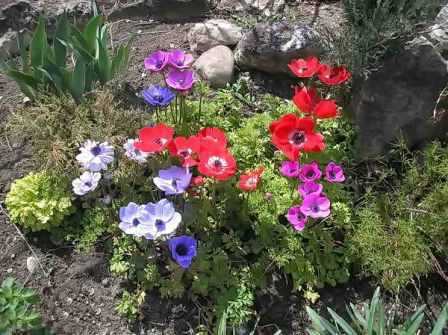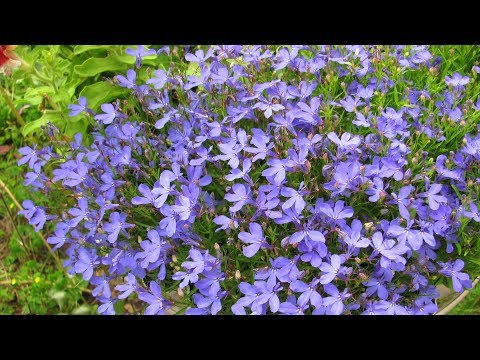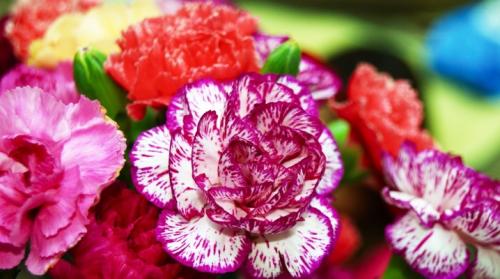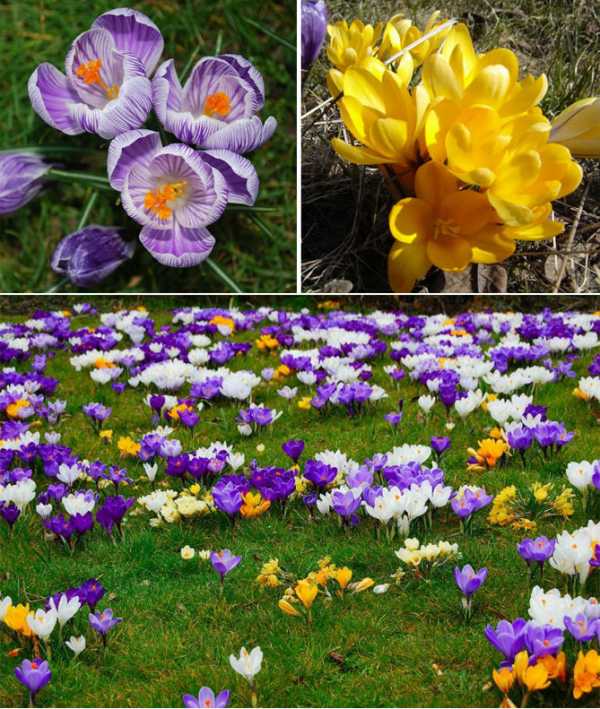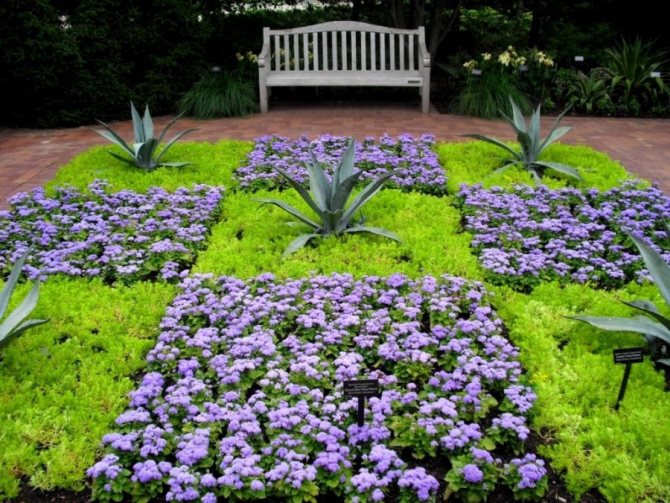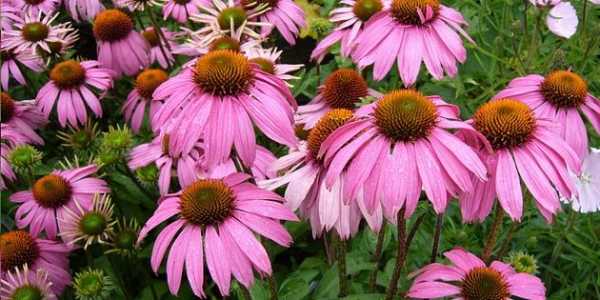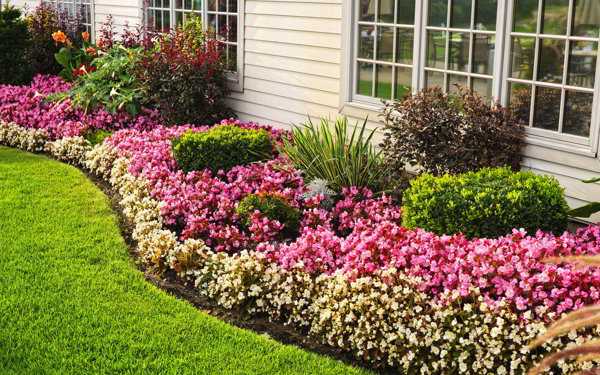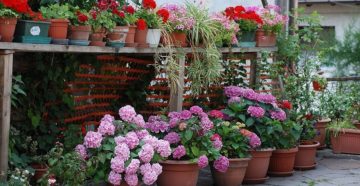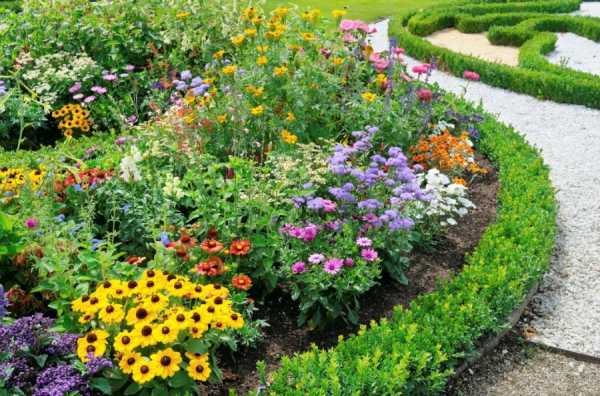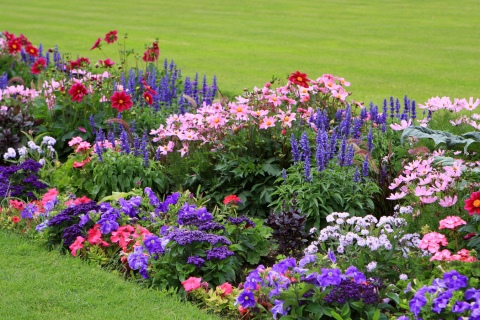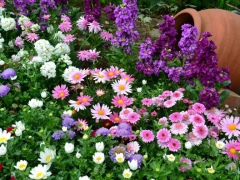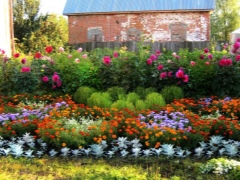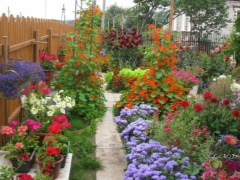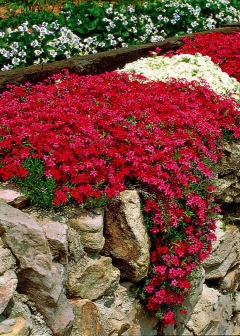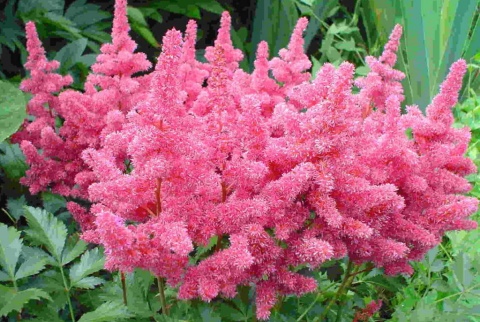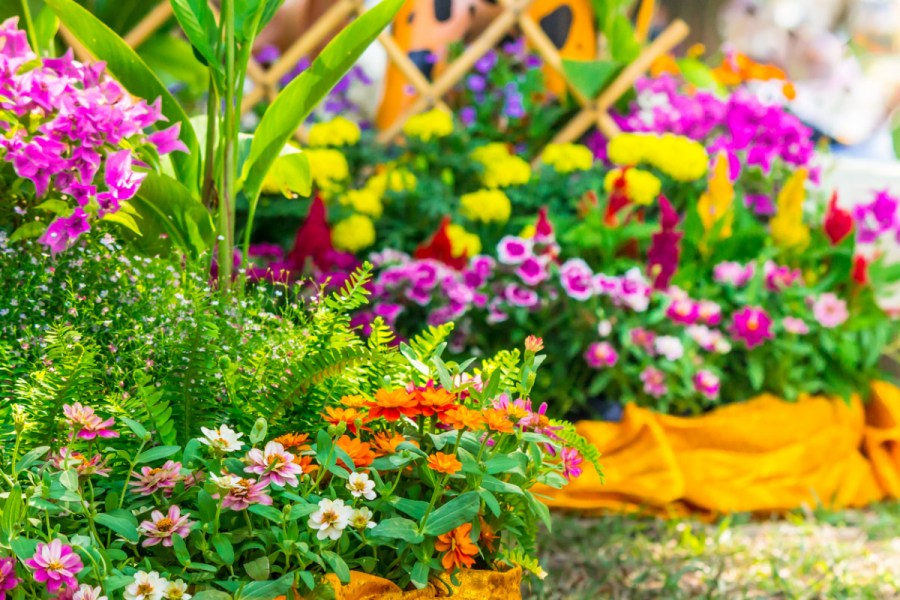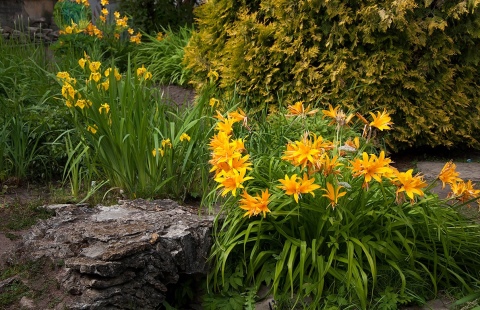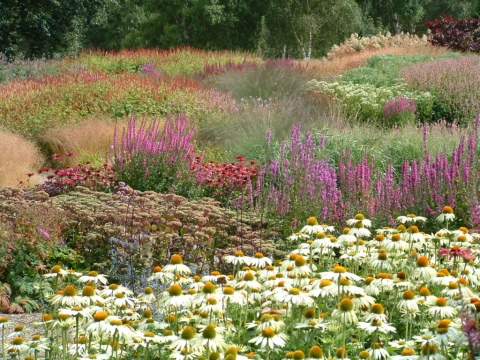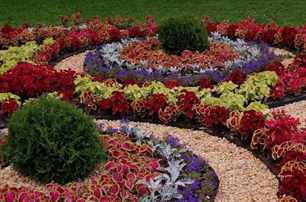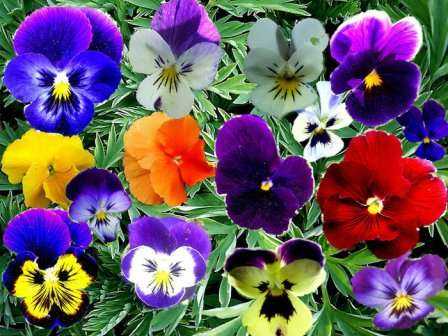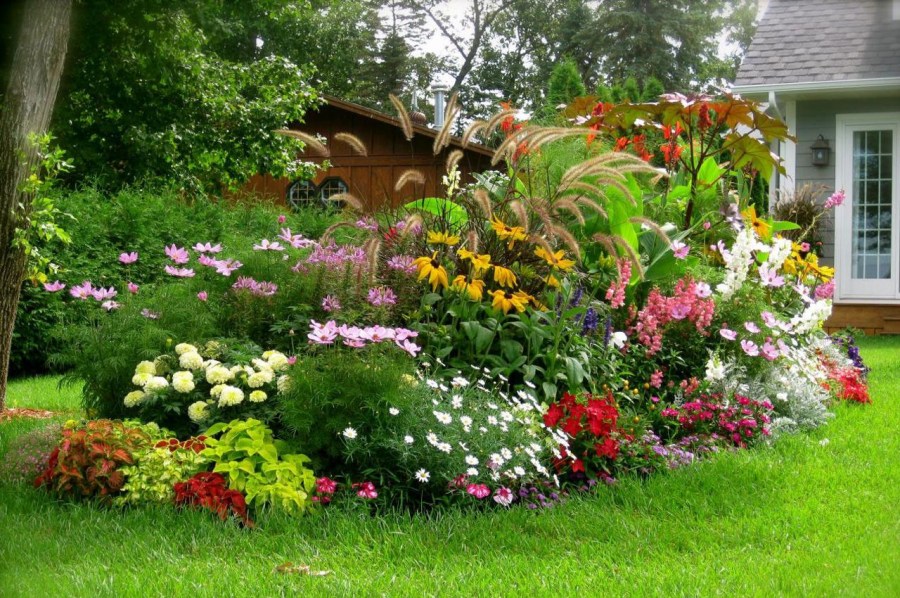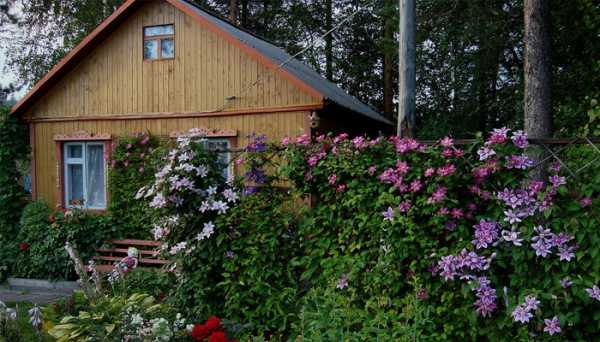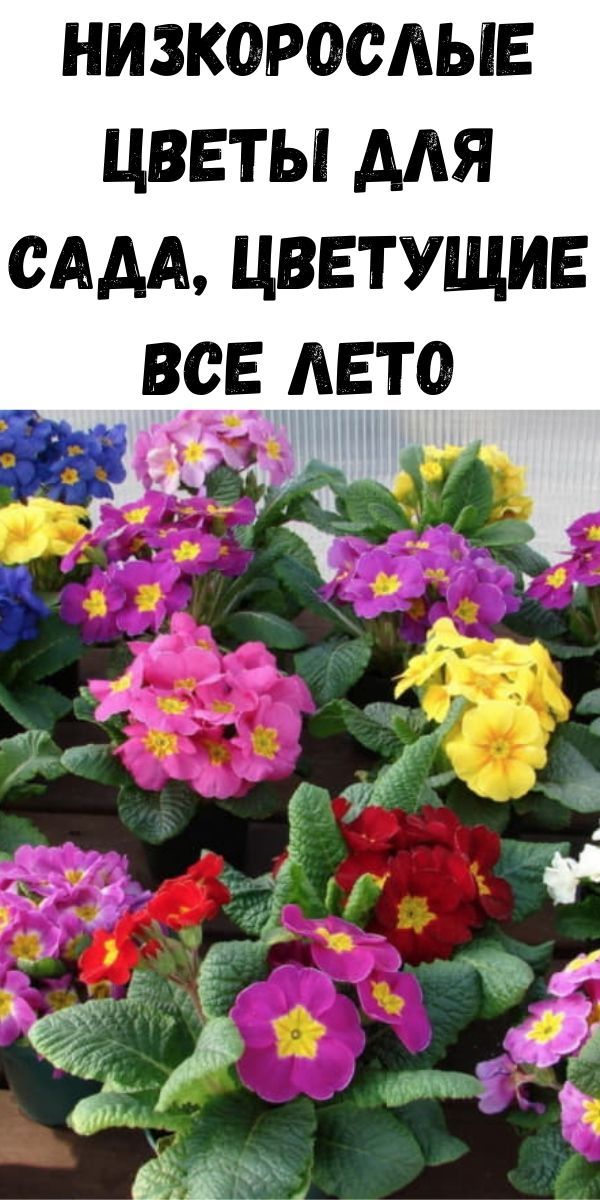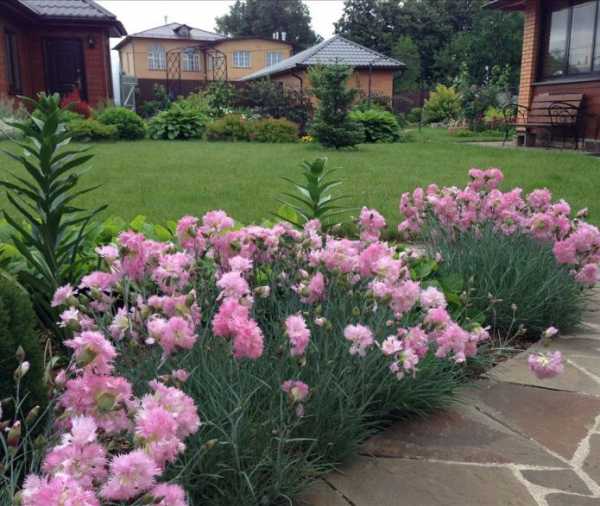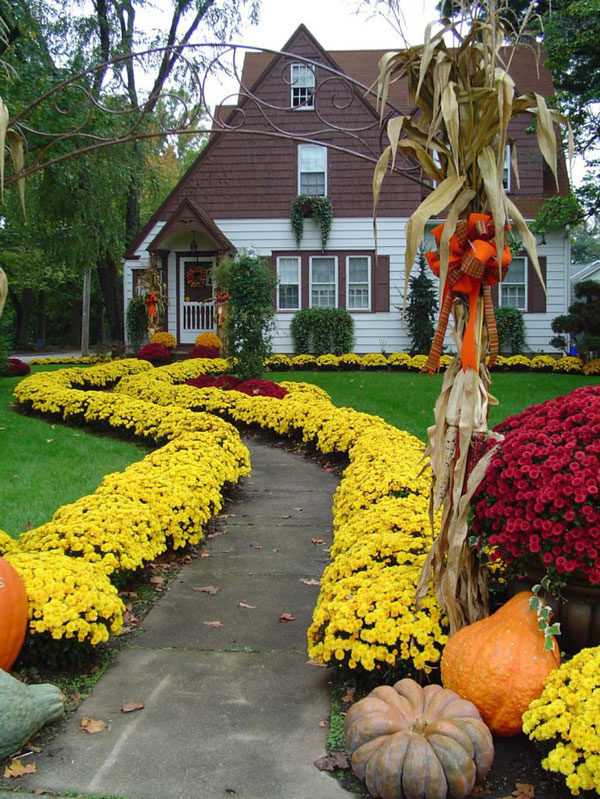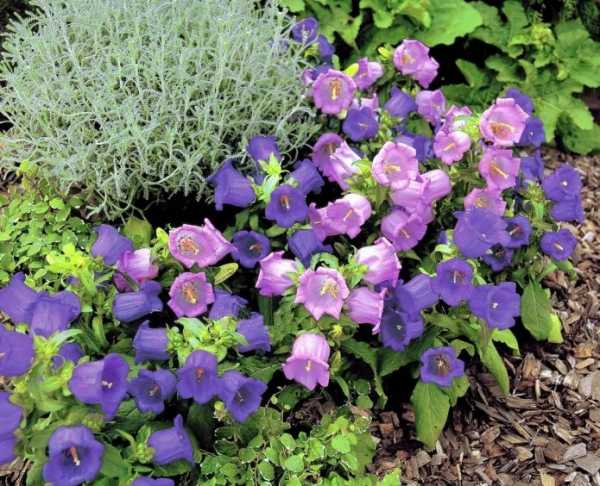Annuals and biennials
Here about plants that bloom in the first year after planting in a flower bed and retain their decorative effect for one or two seasons.
Marigold
Marigolds are orange, yellow, white, red, bicolor. Grow well both in the shade and in the sun.
Instagram @nurzida_x
Instagram @valera_sad_ogorod
Nasturtium
A climbing plant that blooms from early summer until the first frost. Nasturtium loves lighted, windless places and light soil in which water does not stay.
Instagram @ orhidei.lav
Instagram @ orhidei.lav
Kosmeya
One of the most unpretentious annuals. Will grow in the shade, and in the sun, on any land. The soil needs to be loosened occasionally. To have more inflorescences, plant the cosmeia tightly to each other and in a lighted place.
Instagram @ natali290669
Instagram @pekareval
Alissum
Honey plant, blooms in early summer and withers by autumn. Light, dry areas suit him.
Instagram @floristrykas
Instagram @floristrykas
Calendula
Perhaps one of the most unpretentious flowers for a summer residence. Marigolds - as the people call calendula - are good both in a flower bed and simply scattered in islands throughout the territory. Bloom begins in June-July and ends in September-October.
Instagram @ s.olesya.vladimirovna
Instagram @ s.olesya.vladimirovna
Viola
Depending on the variety, it can be an annual, biennial, or perennial. It blooms from mid-spring to frost, emerges very quickly. The only requirements for growing are permeable, nutritious soil, sun or partial shade.
Instagram @tvorchestvo_marina
Instagram @ amika_3
Daisies
It blooms in late summer and fades after the first cold weather. Perennial species can bloom all season. Both will require a lot of light, well-drained soil.
Care Tips
Even the most unpretentious and not capricious in growing garden perennials need proper care. This condition must be observed if you want perennial plantings to grow beautiful and healthy. Here are some helpful tips for caring for these green pets.
It is important not to neglect loosening the soil when growing such flowers. It is equally important to properly water the plantings based on their characteristics.
For example, some varieties are more moisture-loving, while other crops only need moderate watering. To do this, it is important to know exactly what kind of perennial you are growing in your garden.
Especially abundant watering is required for plants at the stage of bud formation, on hot days and during the flowering period. The water should be warm.
The first top dressing is applied in the spring, after the snow melts. Then fertilization will need to be applied at the time of budding, at the start of flowering and at its end. In the spring, organic compounds will be appropriate, and in the summer - mineral ones. In the fall, feeding should be stopped.
Perennial garden flowers must be properly prepared for the winter season. Plants will need to be carefully trimmed down, and dry tops should be removed altogether - it can attract rodents and other pests. It is not necessary to cut off exclusively fresh plantings. It is recommended to hide young flowers under the spruce branches for the winter.


Echinacea
It is very similar to chamomile echinacea (Echinacea), which appeared in our country quite recently, in the 80s of the last century. In the homeland of the flower, in North America, about 10 different species grow. But most often in the gardens you can find Echinacea purpurea, known for its healing properties.
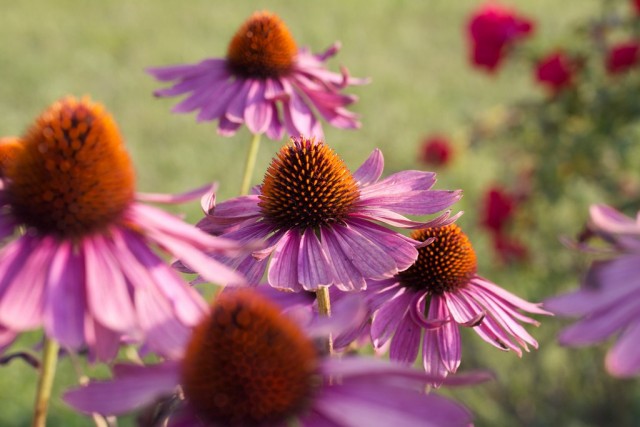 Echinacea (Echinacea). Georg Moik
Echinacea (Echinacea). Georg Moik
Currently, many cultivars of Echinacea have appeared with simple and double, multi-tiered flowers, the shades of which vary from pure white to chestnut. Plants can reach a height of 120-150 cm, but there are also medium-sized varieties, the height of which does not exceed 60-70 cm.
Echinacea can be considered a problem-free flower, because it is not afraid of rain, wind and frost, is not affected by diseases, is undemanding to the soil and almost does not need fertilizers. This flower feels bad only on poor sandy soils. New plants can easily be grown from seed, but hybrid forms are best propagated by root cuttings or by dividing the rhizome.
Echinacea looks best when planted in small groups, however, it is also good as part of a mixborder. Medium-sized varieties can be used for curbs or planted in the foreground of a flower garden.
Read more about the cultivation of echinacea in the article Medicinal Echinacea.
Growing tips
When growing perennials, several recommendations should be followed.
They need to be planted in the fall, having immediately decided on the plan of the flower beds, take into account the height, periods of flowering flowers and color.
Tall flowers
Meadowsweet, famous for its beautiful foliage, flowers resemble the shape of brushes.
Lupins, solar plants, do not require special care and soil, they like mainly root watering.

Aperstyanka. A fabulous flower, popularly called mystical. Its flowers are similar to bells, in hats of which the wood elves flaunt. Loves shaded areas. The color palette is very diverse.
Buzulnik. It tolerates cold temperatures well, blooms for a long time and has beautiful leaves.

Medium flowers
Day-lily. The beauty of this plant is mesmerizing. It grows in the shade or partial shade, but its flowers are fully revealed only in bright light.

Yarrow. It blooms in late summer and early autumn. It not only looks beautiful, but is also medicinal. The flowers resemble multi-colored baskets, white, yellow, pink and orange.


Radiola is pink, has a rather unusual decorative appearance. She has expressive leaves and white inflorescences at the top.

Stunted plants
Pansies. They bloom in spring, and with good care, all summer. Require a lot of light, watering and feeding.
Gentian is a perennial flower in the form of bells, it comes in blue or blue flowers. Dislikes direct sunlight and full shade. Well suited for slide planting.

Phlox dwarf. If you want to create a whole carpet of multicolored flowers - then this is what you need! Multicolored phloxes delight the eye with their lush bloom.

Creeping tenacious. It justifies its name, absolutely not afraid of the cold, undemanding to watering and lighting. They are planted more often near hedges and pillars and trees.

Gypsophila, a cultivated perennial plant, has small white flowers, often also used for decorating bouquets

Low-growing perennials blooming all summer
Low-growing and dwarf varieties are perfect for the first tier.

Popular include:
- Lobularia: blooms from June to the first frost with globular white or pink flowers.
- Gaillardia: gives double bicolor and even tricolor (red-brown, red-yellow, yellow-brown) flowers that bloom for more than two months starting in June. Leaves are green, fluffy.
- Hosta: undersized culture is famous for its decorative leaves and flowering duration - about 60 days (July-August).
- Lavender: The flowering period is 3 months.
Taking care of these crops is not difficult even for novice gardeners. Moreover, the forums are now willingly sharing information on the care of each type of plant. There are many people with experience, in addition, there are encyclopedias that detail the conditions for growing any of the crops.
However, you should know a few features for caring for the above flowers.
Lobularia
The optimal soil will be light, nutritious, with the timely introduction of organic matter. For early flowering (May), seeds are sown in November, then sheltered from frost.Withered inflorescences are removed immediately (affects the duration of flowering).
Abundant watering is carried out only during drought. If, due to the heat, the formation of buds has stopped, the lobularia is cut off (7 cm above the ground), watered, fed with complex fertilizer (fertilizer). After 15 days, she will again delight with color
Gaillardia
Needs a sunny location, likes light dry soils. Water sparingly even in dry conditions, must be treated for white rust and powdery mildew. For lush and long flowering, it is recommended to carry out three dressings per season. Perennial species are propagated by dividing the bush in spring or autumn. For the winter they cover with needles, foliage.
Hosta
It develops well in shady gardens, appreciated by gardeners not so much for the beauty of the inflorescences, but for the exoticism of the leaves that can compete with lush plants. Its leaves are usually golden or creamy on the edge. Grows well on fertile, moist, but not damp soils.
Lavender
The duration of flowering is ensured by the timely removal of old inflorescences. It is thermophilic (varieties more adapted to the local climate are planted). It prefers sunny, well-warmed places and dryish, moderately nutritious alkaline soils. It multiplies well by dividing the bush in the fall.
Perennial garden flowers in landscape design
For the correct design of a flower garden or flower beds, it is necessary to observe the basics of color. Perennial plants have all sorts of color options for flowers and foliage, so when selecting them, one should take into account their effect on the overall perception of the landscape.

Such flowers require less attention and care than annuals, they tolerate winter more easily, and are less demanding to plant.
To create the base, decorative deciduous shrubs are used: golden form of chubushnik, golden motley form of privet, white-bordered forms of barberry and red-leaved. Also decorative and flowering: spiraea, rhododendron, tree peony, forsythia, Japanese quince, roses, jasmine, hydrangea.
Red, orange and yellow flowers will give you a charge of energy, cheerfulness, good mood and a surge of vitality.

Throughout the season, from early spring to late autumn, the garden will look blooming.
Yellow-orange and red palettes: daffodils, tulips, Californian poppy, cannes, primroses, doronicum, swimsuit, irises, rudbeckia, paniculata phlox, daisies, oriental poppy, Chinese and bearded carnation, saxifrage, David's astilba, double monarda.
Perennial flowers for the garden, unpretentious long-blooming white tones, will give the flowerbed peace and purity. The assortment of plants in white shades: primroses, hybrid verbena, astilba, soapwort, dicentra, styloid phlox, alissum, iberis, daisies, Carpathian bell.

Perennial plants will be an excellent base for future flower arrangements.
Plants with a blue color palette evoke a state of thoughtfulness, peace and tranquility. Correctly matched puzzles: blue, blue, lilac or purple will revive the dark corners of the garden and visually expand the space.
The blue-blue palette includes: Carpathian bell, forget-me-nots, delphinium, paniculata phlox, meadow geranium and others.

They grow in one place and can be constantly supplemented by other plants.
Violet-lilac range: lanceolate hosta, tradescantia, hybrid astilbe, violets.
Pink perennials on a natural canvas of greenery relax and soothe. Only the presence of a pink palette will help create a garden or flower garden in a romantic style.

When transplanting, they can be separated and seated without resorting to additional expenses.
Pink shades in perennial flowers: roses, tulips, peonies, thyme, dahlias, phlox, astilbe, daisies, bleeding heart.
Many perennial plants do not need frequent transplantation: hosts, astilbe, anemones, bergenia.Ground cover flowers do not require transplanting: periwinkle, stonecrop, pachisandra, evergreen iberis, creeping tenacious, arabis, dwarf thyme. When growing ground covers, a clear distinction should be maintained, and this is due to the fact that rug plants are invaders of the neighboring territory.

You can create multi-level garden compositions, arrange slides, lawns and flower beds.
There is an opinion that flower beds with perennials are made forever, however, with a prolonged absence of transplantation, the plants lose their decorative qualities.
Flowers such as phlox subulate require replanting every two years. They form a dense carpet, so the lower foliage begins to die off and brown glades appear in the middle of the bush. To avoid such a situation, the plants are dug up, the dying parts are removed, divided into separate bushes and planted back.

Subulate phlox is an exquisite perennial plant.

